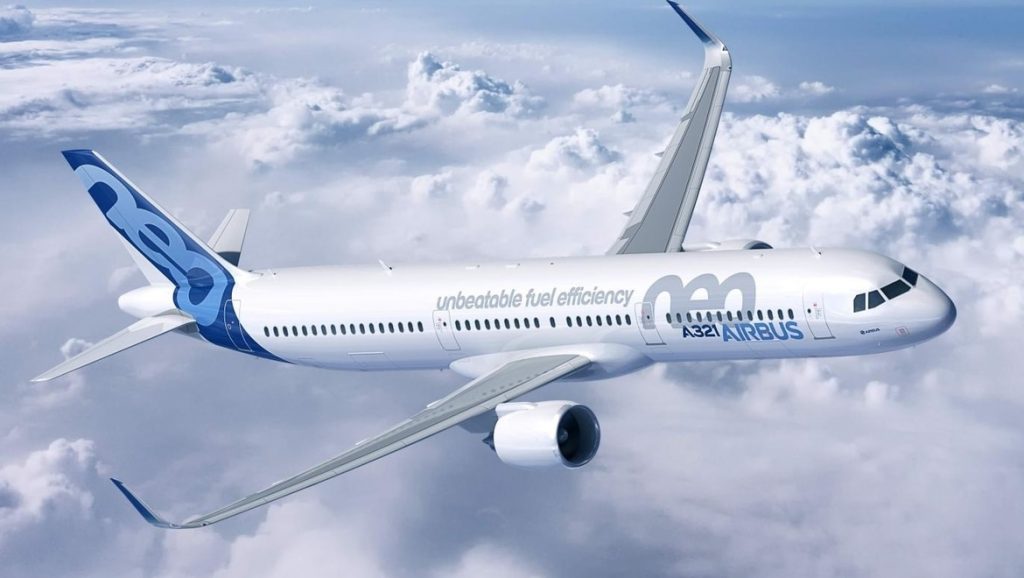
China Airlines has just taken delivery of its first Airbus A321neo aircraft to serve its long-haul routes from Taipei and form the core of its narrow-body fleet.
The jet departed from the European planemaker’s delivery centre in Hamburg on 30 November, flying on 10 per cent sustainable aviation fuel, reducing CO2 emissions by 8 per cent, the airline said in a press release.
China Airlines received the jet from lessor Air Lease Corporation and will acquire 25 A321neo aircraft in the future – 11 ordered from Airbus and 14 under lease agreements.
It is powered by Pratt & Whitney PW1100G engines and seats 180 passengers in a two-class layout.
“We are excited to begin operating this new fleet in partnership with Pratt & Whitney,” said Wang Houng, SVP of China Airlines.
The aircraft order was made in 2019, and a year later China Airlines joined the GTF MRO network, overhauling GTF engines for the A320neo jet family.
“Congratulations to China Airlines on their first GTF-powered A321neo,” said John Plueger, chief executive officer and president at Air Lease Corporation.
“China Airlines and its customers will soon benefit from the capacity and range of the A321neo, the economic and environmental performance of its GTF engines and the financial flexibility of these leased aircraft.”
The carrier operates a fleet of 85 aircraft, split predominately across Boeing and Airbus’ wide-body jets, including the A330, A350, 747, and the single-aisle 737.
As airlines suffered the loss of commercial flights during the pandemic, many companies opted for narrowbody jets in the recovery to save on costs while meeting demand.
“The A321neo will form the core of CAL’s single-aisle fleet and offers cockpit commonality with CAL’s existing A330 and A350 aircraft,” the airline said.
While the jet will grow its single-aisle fleet, it is also dually enabling its cargo operations to ramp up, inbuilt with a cargo loading system, with a capacity up to 20 per cent higher.
During the height of the pandemic, China Airlines was commended for its strategic leveraging of the cargo market while commercial flights took a hit, and now the company wants to pioneer as a “global air freight hub”.
Nearly 80 per cent of its total operating revenue was from its cargo business; an 88 per cent increase from the year before, according to the company’s 2020 financial results.
CAL’s chairman Su-Chien Hsieh said “prioritising cargo over passenger services” allowed the airline to remain profitable.
By the end of 2020, China Airlines Group flew 20 cargo aircraft, on average operating 115 cargo flights per week – just under half of its weekly commercial services.










